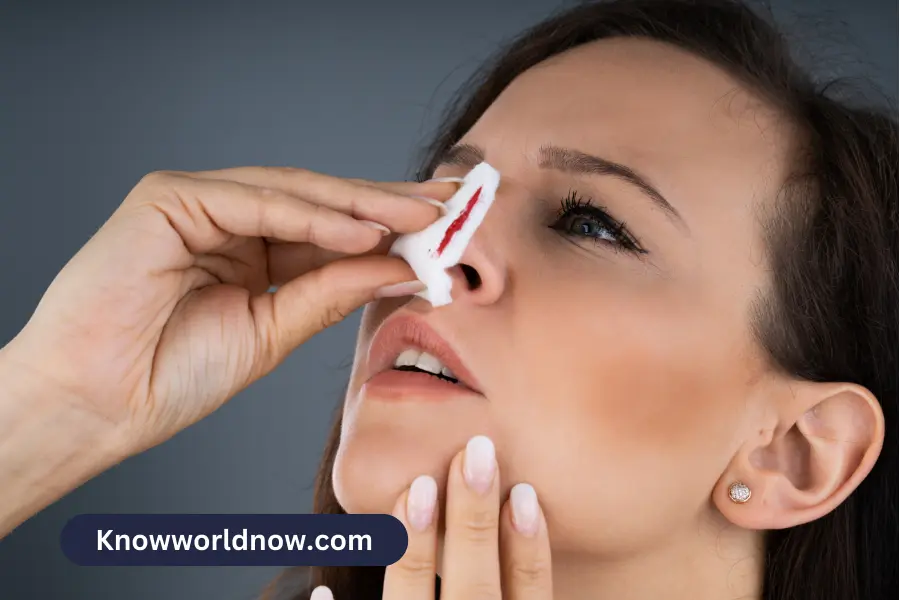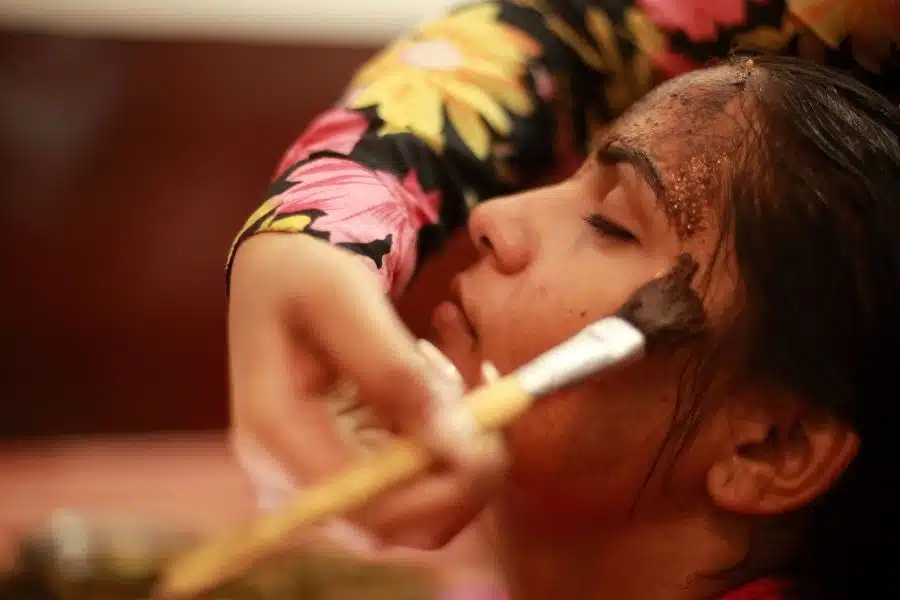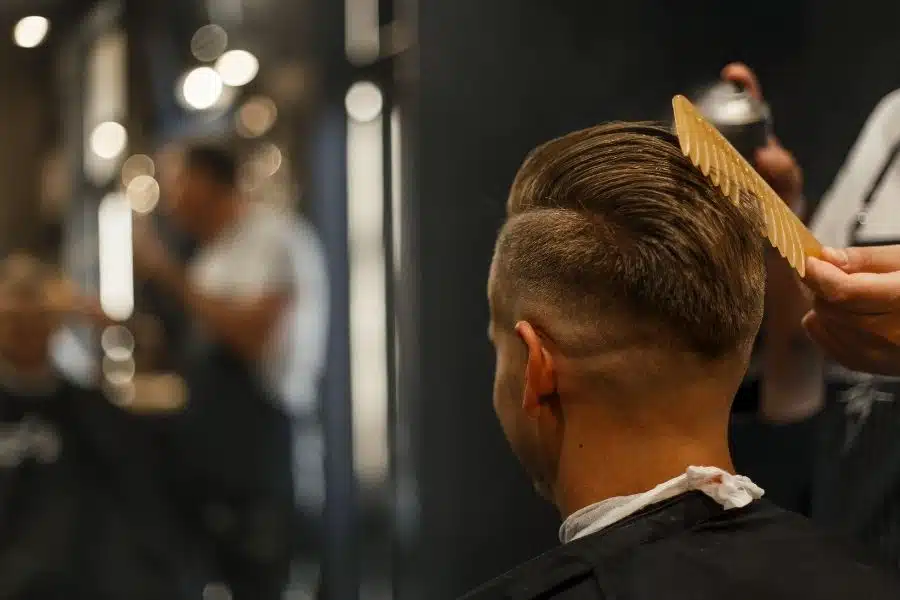Accidents can happen at any time, whether it’s a small cut from a kitchen mishap or a more serious injury. In those moments, knowing how to effectively stop bleeding from a wound becomes crucial. Understanding the proper first aid techniques can make a significant difference in preventing excessive blood loss and promoting faster healing.
Different Types of Wounds
When it comes to providing effective first aid for bleeding wounds, it’s essential to understand the different types of wounds you may encounter. Each type requires specific care and treatment to promote healing and prevent complications.
Incisions – Clean, straight cuts caused by sharp objects, such as knives or surgical instruments. They have well-defined edges and may vary in depth.
Lacerations – Irregular, jagged cuts resulting from accidents or trauma. They have rough, torn edges and can be deeper than incisions.
Punctures – Wounds caused by a sharp, pointed object piercing the skin, like nails, needles, or animal bites. They are often deep and narrow, increasing the risk of infection.
Abrasions – Superficial wounds that occur when the skin is rubbed or scraped against a rough surface. The top layer of skin is usually scraped away, causing pain and exposing sensitive tissue.
Avulsions – Tearing away or separation of tissue from the body, which can range from partial to complete amputation. Avulsions may result from severe falls or machinery-related injuries.
Contusions – Also known as bruises, these wounds are caused by blunt force trauma. Blood vessels beneath the skin rupture, leading to discoloration and tenderness.
Penetrating wounds – Wounds caused by an object piercing through the skin and underlying tissues, potentially reaching internal organs. These can be caused by bullets, knives, or other sharp objects.
Gunshot wounds – Wounds caused by firearms that can vary in severity depending on factors such as the type of weapon, distance, and location of the injury. Gunshot wounds require immediate medical attention.
Signs of Severe Bleeding
In certain situations, wounds can lead to severe bleeding that requires immediate medical attention. It’s important to be able to identify the signs of severe bleeding to ensure prompt intervention and potentially save a life. Some typical signs include:
- Uncontrolled or persistent bleeding
- Arterial bleeding
- Soaking through dressings or bandages
- Pooling of blood
- Signs of shock
Bleeding and Wound Care
Properly addressing bleeding and caring for wounds is essential in promoting healing and preventing infection.
Here are the recommended steps to follow:
- Assess The Situation
Ensure your safety and the safety of the injured person. Put on disposable gloves if available to protect against potential infection.
- Apply Direct Pressure
Using a clean cloth, sterile gauze, or your hand, apply firm pressure directly on the wound to control bleeding. Maintain pressure for at least 10 to 15 minutes, allowing time for the blood to clot. Do not remove the cloth or gauze during this time, as it may disrupt the clotting process.
- Elevate The Wound
If possible, elevate the injured area above the level of the heart. This helps reduce blood flow to the wound, thereby minimizing bleeding. Keep the injured person in a comfortable position.
- Clean The Wound
Once bleeding has stopped or significantly slowed down, gently clean the wound with mild soap and warm water. Avoid scrubbing the wound, as it may cause further damage. Rinse the wound thoroughly and pat it dry with a clean towel or sterile gauze.
- Apply Ointment (optional)
If available, apply a thin layer of antibiotic ointment to the wound to prevent infection. This step is particularly important for wounds that are at a higher risk of contamination, such as deep or dirty wounds.
- Cover The Wound
Use a sterile adhesive bandage, sterile gauze, or a clean cloth to cover the wound. Ensure the covering is large enough to adequately protect the entire wound. Secure it in place with adhesive tape or a bandage.
- Change The Dressing Regularly
Monitor the wound for any signs of infection, such as increasing pain, redness, swelling, or discharge. Change the dressing daily or as instructed by a healthcare professional. If the dressing becomes wet, soiled, or non-adherent, replace it with a fresh one.
- Seek Medical Attention (if necessary)
If the bleeding does not stop or if the wound is deep, large, or caused by an animal bite, seek immediate medical attention. Additionally, consult a healthcare professional if signs of infection develop or if you have concerns about the wound’s healing process.
Learn First Aid
Learning first aid for bleeding control and wound care is a valuable skill that can make a significant difference in emergency situations. By equipping yourself with the knowledge and techniques to provide immediate care, you can potentially save lives, prevent complications, and promote faster healing.
While there are various effective ways to learn wound care, it is essential to approach it with diligence, dedication, and a commitment to ongoing education.
Taking a certified first aid course is one of the most comprehensive and reliable ways to learn the necessary skills. These courses offer hands-on training, expert guidance, and the opportunity to practice techniques in a controlled environment.
Enrolling in a recognized course from a reputable organization can gain the confidence and proficiency needed to handle bleeding emergencies and administer proper wound care.
Investing time and effort into learning wound care boosts capability and confidence for first responders in emergencies. Knowledge and skills can make a significant difference in the lives of those in need.
So, embrace the opportunity to learn, practice, and refine your wound care abilities—it is a skill that can truly empower you to be a lifesaver in critical situations.







